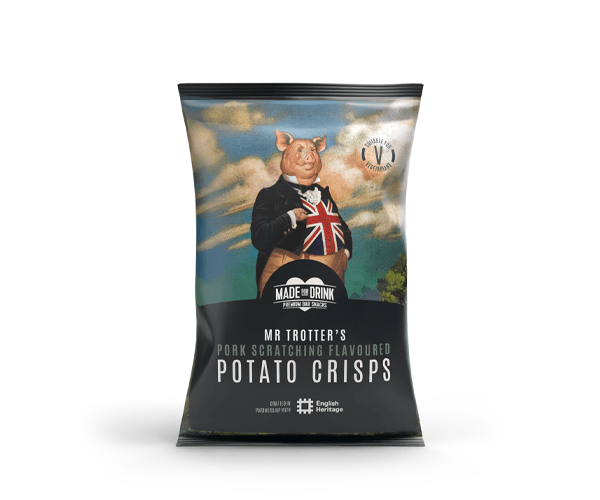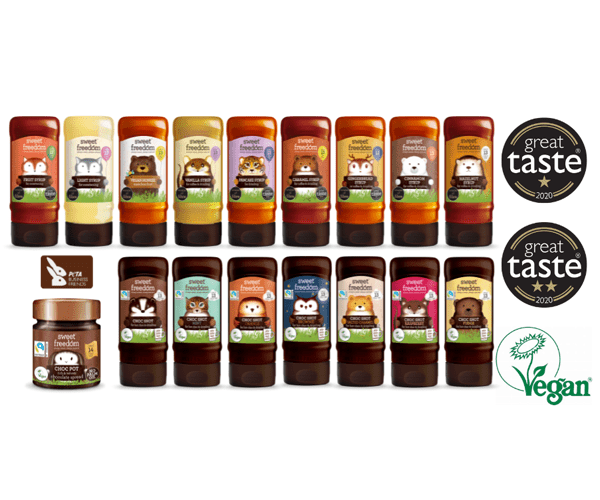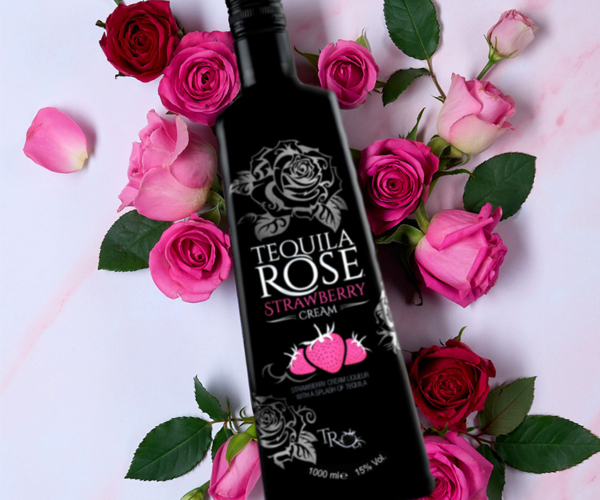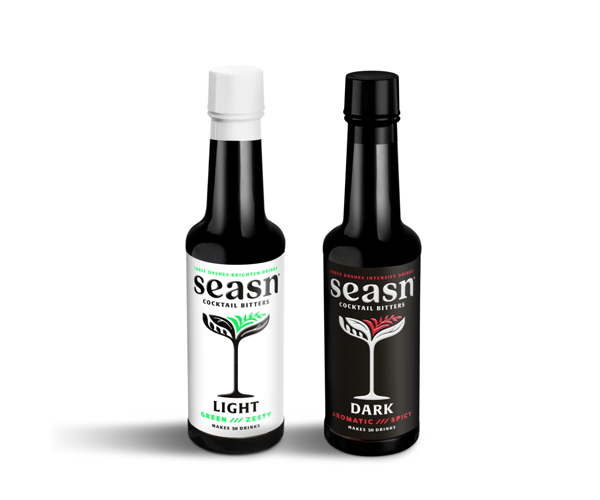Kim
2/11/2025 10:04:06 AM
4 mins read
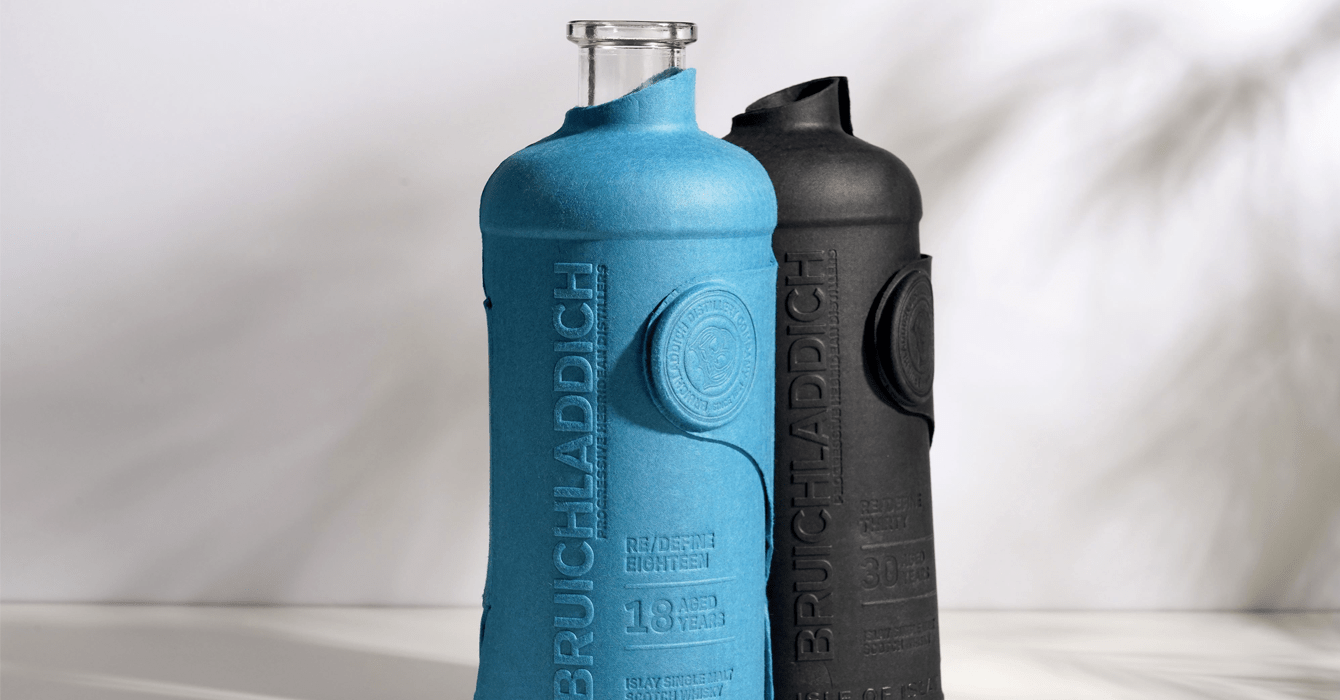
When industry-leading material science expert James Cropper was approached to create a new bottle wrap for the heritage whisky distiller Bruichladdich, it created something truly groundbreaking. The product’s journey proves that while luxury spirits packaging is often wedded to heritage, that doesn’t mean it has to sacrifice innovation.
James Cropper is no ordinary packaging specialist. And Bruichladdich is no ordinary whisky distiller. Both have built a reputation for ripping up the rulebooks of their respective industries since they were founded in the 19th century. And both have climbed to the peaks of those industries. As the old saying goes, leaders don’t follow.
This shared passion for disruption and innovation means the groundbreaking partnership between the two, combining to create a new moulded pulp wrap for Bruichladdich’s Luxury Redefined range of 18, 21, and 30 year-aged expressions, makes all the sense in the world.
A match made in heaven
Both companies have rich history of combining tradition with forward-thinking innovation, taking a craft perfected over generations and using it to innovate. Take James Cropper – the company specialises in using paper, the most ancient packaging material there is, and has been based in the same Lake District-based paper mill since the company’s founding in 1845. However, it has always existed at the bleeding edge of its industry, utilising state-of-the-art technology to push paper manufacturing and material science forward. This facility was one of the first in the world to make coloured paper from synthetic dyes and is home to the CupCycle™ system – a world-first coffee cup recycling scheme that can recycle up to 700 million coffee cups per year to generate a steady supply of quality feedstock with a smaller environmental footprint.
And James Cropper is a regular at Packaging Innovations & Empack, using its heritage and expertise to deliver boundary-breaking, envelope-pushing solutions of the kind attendees have come to expect from the show.
Bruichladdich, meanwhile, has made its name as an Islay-based single malt distillery that does not use the region’s traditional peat smoke during production of its flagship spirits. Much of its production process relies on original Victorian machinery, first installed when the company was founded in 1881. However, it uses this traditional equipment to unlock unique flavours and sensations from its locally sourced ingredients, embracing the evolving flavour profiles of its barley and casks to reject uniformity. As such, each batch tells its own unique story, flying in the face of accepted corporate wisdom about branding and consistency.
Importantly, both companies also align on the need to make more efficient use of the raw materials they consume. Bruichladdich has made waves in the spirit world in its quest to reduce its environmental footprint by cutting down on packaging wherever possible, starting what it calls the ‘One Tin Lighter’ initiative to remove its tin secondary packaging from its core single malt lines. While it is technically infinitely recyclable, tin’s sustainability credentials have begun to come under the microscope owing to the emissions created when producing and transporting it. As ever, Bruichladdich was ahead of the curve in its decision to shift away from tin – a shift that brought it into the orbit of James Cropper as it looked for a secondary packaging solution that aligned with its sustainability mission.
Rebels with a cause
The headline-grabbing bottle wrap that was created following this partnership between the two companies was a first for the spirit market – a coloured bottle wrap that combined lightweight, ultra-precise design with intricate finishing techniques such as enhanced embossing and debossing. It is produced using 100% fresh fibre and is significantly lighter than its tin-based predecessors without compromising on strength or durability. And, as it is completely glue-free, sealing shut with a single front-facing clasp, the whole pack can be recycled in the domestic recycling stream.
Of course, these are far from the only concerns when designing a premium whisky pack – aesthetics and desirability are hugely important, too. After all, undesirable packaging leads to unsold products, and unsold products are unnecessary waste – no matter how sustainably they are produced. Fortunately, this is something the project team at James Cropper, led by Packaging Designer Heather Allen, was able to deliver in spades.
“The nature of the design means you can see the top, and it almost acts like a decanter,” Heather says of the final product. “We’ve been told that trades at bars have continued to use the packaging – they’re decanting it still in the wrap. It’s so beautiful that people aren’t disposing of it.
“This is a pack made – essentially – out of many of the same materials as a flat sheet of paper. It’s an evolution of a substrate that people have been making for centuries, and we’ve been making for close to two centuries. The whisky-making process and moulded fibre-making process are very similar in that sense.”
These shared values did not mean that the design process was simple – far from it. Any challenges were quickly overcome thanks to the highly collaborative approach taken by both companies, working alongside design agency Thirst, which quickly refined the initial vision into something that was feasible to produce.
Leah Law, Bid Co-Ordinator at James Cropper, was key to this collaboration. “Our customers don’t always have knowledge of the moulded pulp industry, which is why these two-way conversations about what you can or can’t do are so important,” she says. “Bruichladdich came to us with an initial idea that Thirst had created, which had the clasp on the back and a lot of text on the front. Due to the moulding angles required, it wouldn’t have been possible to deliver this to the standard that we would be happy to send to a customer.
“Luckily, there is a close relationship between all three parties involved, so after a few conversations and iterations of the design, we came up with a final product that still fit their brand identity. We went away and innovated our production processes too, so we could get closer to the original vision. We developed a new tooling technique that enabled us to change the dates debossed into the wrap for the 18, 21, and 30-year old products. That was something we didn’t have before.
“We see ourselves as facilitators of this process. Even if we have to make changes to the initial vision, we want to do everything we can to help brands bring their ideas to life through packaging and create something truly unique.”
This commitment to continuous improvement and innovation is a hallmark of James Cropper’s work. For example, it has invested in an on-site colour lab, which worked to ensure each wrap was precisely colour matched to the others – a rarity among paper manufacturers, who traditionally rely on subcontracted colour management services. “Colour is important to us. Being able to have different colours associated with the different vintages of whisky made a massive difference to this project. We were able to play with different colours to see how our fibre reacted to the colourants – that was a big part of this project,” Leah adds.
A delicate balancing act
This level of collaboration is important as the packaging sector navigates uncharted territory, with new environmental legislation around secondary packaging set to be introduced in markets across the world. “I think the balance between sustainability and luxury packaging is one the industry has to be careful with,” says Stefan Pryor, Head of Projects and Design at James Cropper. “That’s where customer relations come to the forefront, because a company like Bruichladdich takes sustainability seriously, but they also know the value of their product and all the craftsmanship that goes into producing it, which has to be reflected in the packaging.
“We’re happy to be the leading players who can provide that balance to the market. We’re so proud that we can pull something so beautiful out of something as simple as moulded fibre using intricate moulding and precise colour matching.
“Customers know we can do luxury. But now they come to us and ask, ‘Can you mimic that and make it more sustainable?’. The whisky market has a journey ahead of it to produce new kinds of packaging that is made to the highest quality standards without impacting the planet too much. We want to write that story for our customers.
“I don’t think anyone at the business would say that this wasn’t a challenging project at times, but I’d say we’ve risen to meet it, and we’ll continue to do so,” Stefan continued. “I think we consistently work on projects that demand our fibre works differently, and for our products to offer a complete solution.
“Say a customer has a box containing a watch or whatever it may be, that’s a complete solution. Trying to mimic that in moulded fibre involves a huge number of intricacies because the material is completely different. As we don’t add plastic, how do we provide the rigidity or the durability required?
“Answering these questions means reinventing the wheel with almost every project. But that’s what James Cropper is capable of as a business. We innovate and continually create bespoke projects that are first-to-market in many cases. The success of the Bruichladdich project has just reaffirmed what we’re about as a business and partner to brands.”
Leading the way for the packaging industry
Given the current craving for innovation across the packaging industry, it’s unsurprising that the coloured moulded fibre wraps made such an impact when they launched. The design continues to pick up award wins and nominations, including two wins at the prestigious Pentawards, and an Environmental Packaging Award win in 2024.
However, Heather says the most telling indicator of its success is the profound influence the project has already had on the rest of the industry. “One of the biggest things I’ve noticed since the Bruichladdich wrap hit the market is the use of colour within moulded pulp fibre,” she says. “Previously, while colour has always been massive for our paper business, that wasn’t the case for moulded pulp – until our Bruichladdich wrap was revealed.
“Blending heritage with a modern twist is something that really interests me as a designer. One of the most important things we do when taking on a new project is researching the background of the brand. That means we can incorporate heritage elements with innovation to tell the story that the brand wants to tell.”
Stefan agrees. “We can draw from decades of experience to do this. Our team includes experts on tool building, colour science, materials, fibre, and more. We constantly innovate the different fibres we use, ranging from cellulose, virgin, fresh fibre, all the way through to recycled denim, cotton, and of course, coffee cups,” he adds. “Every minutia of detail is considered and carefully crafted by our team, because we have all of this expertise and capabilities under one roof.
“Nowhere else can offer that at this level.”
Not everyone can be a leader. Breaking new ground is difficult, requiring not just investment and technical expertise, but also passion and limitless creativity. Fortunately, James Cropper has always been blessed with an abundance of these qualities – and it has nearly two centuries of evidence to back it up.
But it would be impossible for companies like James Cropper to continually break new ground without its collaborative approach. Its team of experts knows the value of networking and knowledge sharing all too well, which is why it has become a mainstay of Easyfairs’ packaging events calendar.
In addition to its presence at the upcoming Packaging Innovations & Empack event, James Cropper exhibted at Paris Packaging Week in 2025, where its collaboration with Bruichladdich distillery has already earned recognition. The company’s Luxury Re/Defined wrap secured the Packaging Redesign Award, highlighting its commitment to sustainability and design excellence.
The lesson is that leaders might not follow – but they do collaborate.
Join the conversation at Packaging Innovations & Empack 2025, held on 12 & 13 February at the Birmingham NEC, by registering for a free ticket today.
